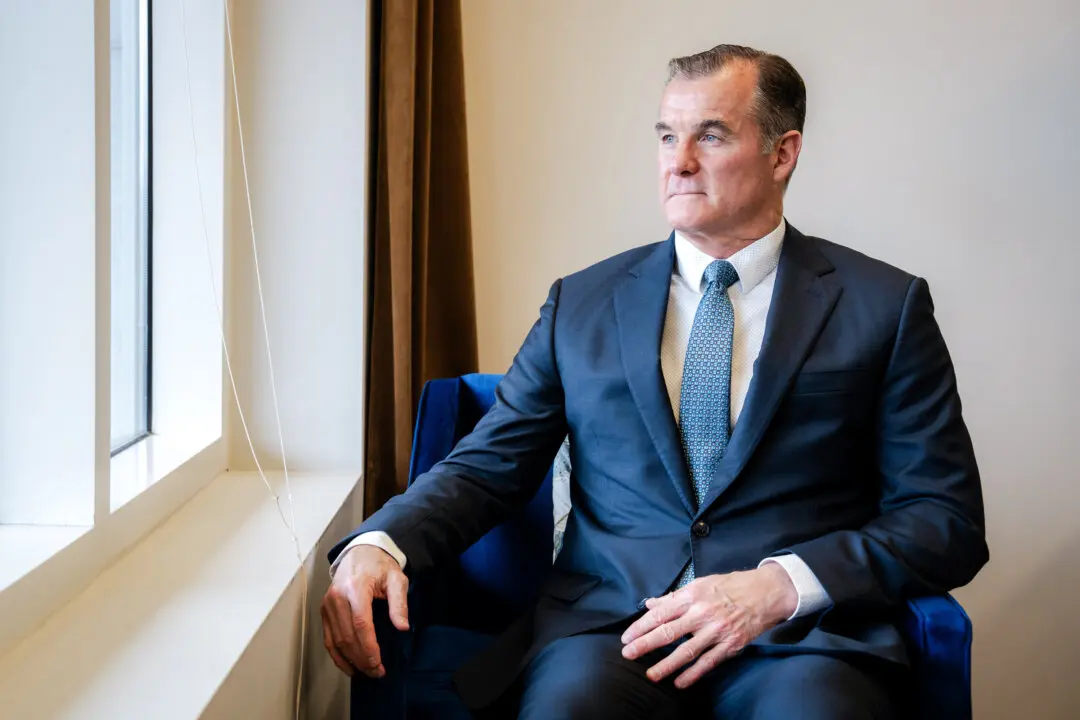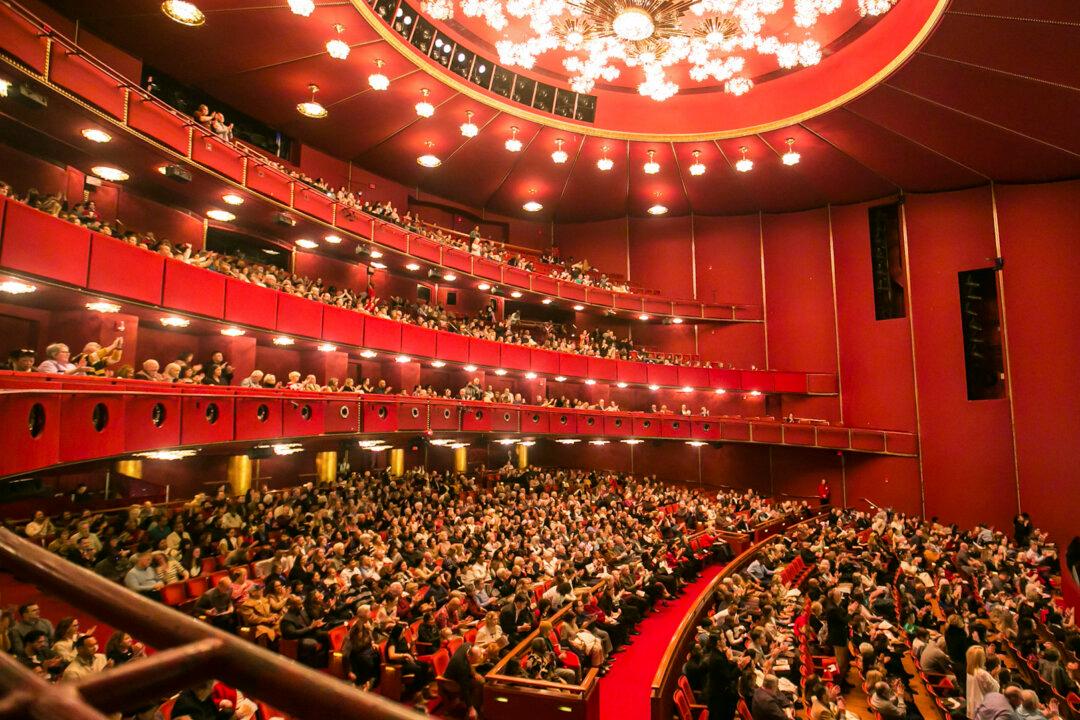Tucked between two residential high rises under construction and surrounded by many more is the only open space within half a mile of the area. Emerald Park, located at 333 Harrison Street, will soon open to the public, but will be maintained “forever” by a private donor.
“Park is the operative word—not private front lawn, but park,” says Alastair Mactaggart, president of Emerald Fund, the real estate development company that owns the adjacent development and the park land.
Through a conservation easement, Emerald Fund has agreed to pay for not just the development of the park, which is complete except for the installation of a children’s play structure to come within the next few months, but also the maintenance of the open space.
The agreement, which the San Francisco Parks Alliance (SFPA) voted on Tuesday, requires the Emerald Fund to give up development rights on the park as well. SFPA has agreed to monitor the easement, and it is legally binding to the title company.
“Emerald Park will be open to the public every day of the year, and importantly, it will cost the city nothing,” Mactaggart said. “Emerald Fund, by this agreement, will forever give up its rights to develop this land.”
Mactaggart, who is raising two children with his wife and has lived in the neighborhood as well, expects thousands of families to move to the neighborhood in the years to come.
“There are very few parks around here for little children to run in. And that’s why Celine and I, for our portion of this gift, decided to make this gift,” Mactaggart said. “This park is needed now, and will be more needed then.”
The increasing density of living in the neighborhood makes open space a crucial addition for families considering the area.
“One of the things that makes San Francisco so vibrant is how we are constantly reinventing this city, and Rincon Hill is no exception to that,” says Matthew O’Grady, SFPA executive director. “Back in the Gold Rush era, Rincon Hill was one of the ‘poshest’ addresses. This was the place to be. Then Pacific Heights took over, and Rincon Hill went into decline. Then came the Bay Bridge, and Rincon Hill, really through the decades, was something of a backwater.”
“Look at it now. We’re surrounded by high rises and residential towers built, getting built, and more of them planned,” O’Grady said. “So once again Rincon Hill is one of the most sought-after places in San Francisco.”
Mayor Ed Lee said partnerships of this public-private nature—and semi-private, in the case of SFPA—should signal a model for open spaces in the city for the future.
“We’re also asking for new partnerships to be created,” Lee said. “It’s no longer just the city that has to run the parks system; we have to run it in a better and smarter way.”
The park was developed several months ago and was intended to be a gift to the city, but there were no funds to maintain it. “Going forward, we can’t maintain every gift that we get,” Lee said. “So you’re going to hear more and more of this type of model being announced.”
“This signals so much to the families that we want to invite and the increasing populations that want to enjoy our city, that it is led by the parks system,” Lee said. “The parks are so valuable to the world-class status of this city.”





